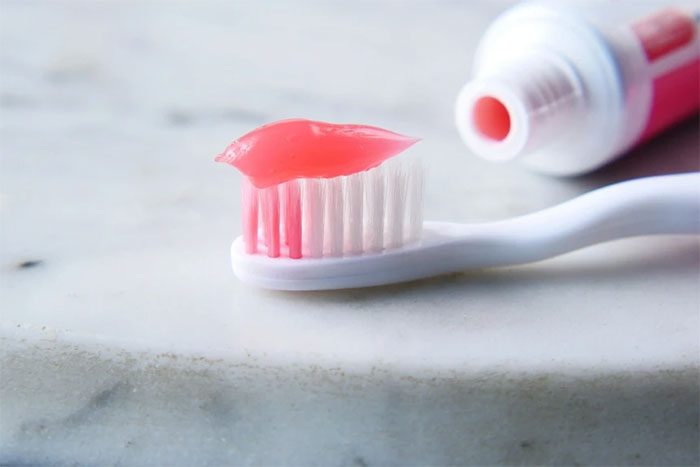Which Toothpaste Is Best for Your Oral Health? Check out the tips below to make the best choice for yourself.
Do you feel overwhelmed by the colorful toothpaste boxes lining the store shelves? Are you wondering which toothpaste to choose or if any would work?

Choosing the right toothpaste will effectively protect your oral health. (Image source: Pexels).
In fact, selecting the right toothpaste is crucial for maintaining good oral hygiene. Here are some suggestions to help you make your choice.
Children’s Toothpaste
According to Health News, children’s toothpaste often comes in bright colors like red and orange, with fruity flavors and appealing packaging to encourage tooth-brushing habits. Children under 6 years old should use toothpaste with a fluoride concentration of 1,000 ppm F, while those over 6 years old should use 1,500 ppm F.
However, children can suffer from fluoride toxicity if they swallow too much toothpaste. Therefore, parents should keep toothpaste out of reach of children to prevent accidental ingestion. It’s important to teach children to spit out the toothpaste instead of swallowing it.
Toothpaste for Strong Teeth
For healthy adults without dental issues such as gum disease or cavities, fluoride toothpaste is a great choice for maintaining oral health. Fluoride strengthens tooth enamel, making teeth less susceptible to damage from bacterial acids.
Bacterial acids can demineralize teeth, leading to cavities. Fluoride helps to remineralize teeth, potentially reversing the early stages of damage.
Whitening Toothpaste
According to the Cleveland Clinic, while teeth whitening can be performed at a dentist’s office, many people prefer at-home treatments with whitening toothpaste. Whitening toothpaste helps remove surface stains caused by smoking or caffeinated beverages.
Whitening toothpaste contains bleaching agents like silica, pyrophosphate, and hydrogen peroxide. Some of these can be abrasive and cause irritation in or around the mouth. Therefore, consult your dentist if you experience any such symptoms.
Note that whitening toothpaste does not affect any intrinsic damage, such as cavities.

Colorful toothpaste is often designed for children. (Image source: Pexels).
Sensitive Toothpaste
Many people cannot eat hot or cold foods, such as coffee or ice cream, due to sensitive teeth. Consult your dentist if you experience pain when touching your teeth or from any other stimuli.
Individuals with sensitive teeth should use toothpaste containing potassium and fluoride. Toothpaste containing strontium chloride, calcium carbonate, or arginine is also quite popular. Research has shown that tooth sensitivity decreases after using desensitizing toothpaste for at least 8 weeks.
Tartar Control Toothpaste
Harmful bacteria in the mouth create biofilm on the teeth, leading to plaque. When calcium and phosphate in saliva become trapped in the biofilm, they can crystallize and form tartar.
Normally, to remove tartar, people visit the dentist. However, at home, using tartar control toothpaste can also be effective. These types of toothpaste contain ingredients like zinc citrate and antibiotics (triclosan) to control tartar.
Herbal Toothpaste
Instead of synthetic active ingredients, some toothpaste contains extracts from herbs and natural plants. Common ingredients in herbal toothpaste include clove, cinnamon, mint, and charcoal powder.


















































